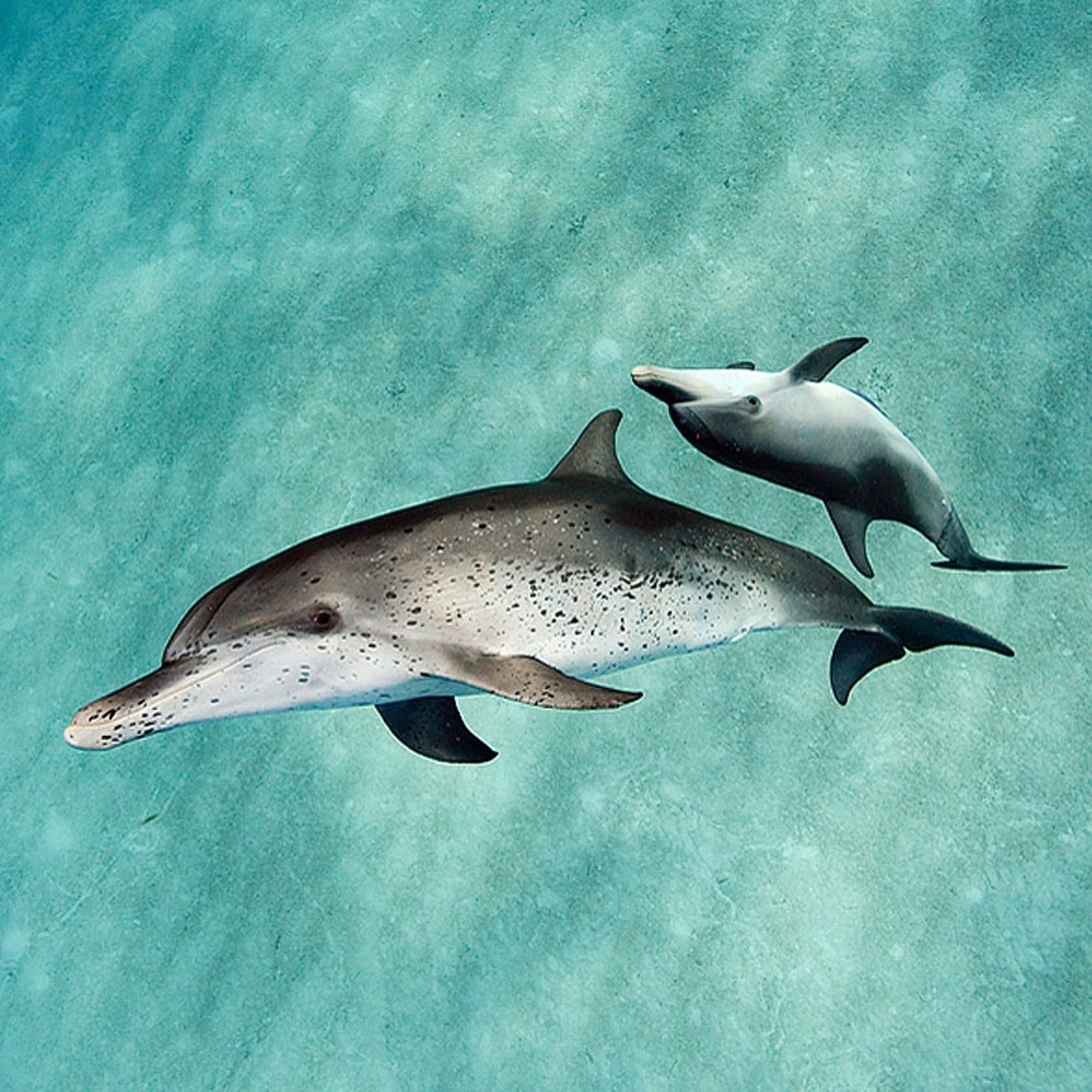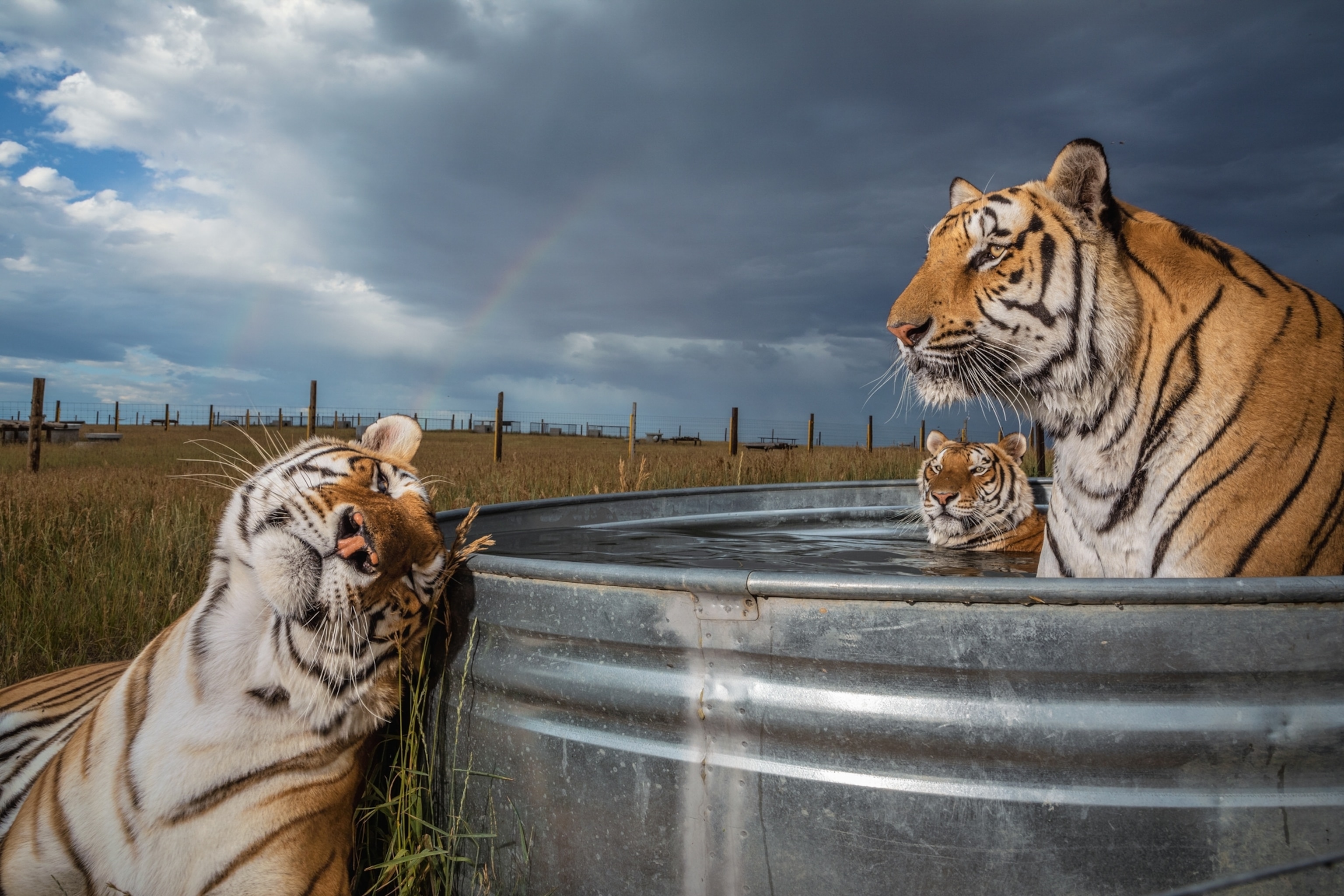By Rachael Bale, ANIMALS Executive Editor
Happy Thanksgiving! Did you know the wild turkey almost went extinct in the early 1900s because of overhunting? They were only saved by the invention of a cannon-fired net that could easily trap turkeys for relocation to turkey-less areas for repopulation. Today, there are about seven million in North America.
One more fun fact: Did you know the terms “white meat” and “dark meat” came about in the 1870s as euphemisms? No one at the time wanted to be heard expressing desire for a bird’s breast or leg.
OK, last one: The 1621 Thanksgiving dinner with English colonists and Wampanoag Native Americans only maybe involved turkey. There were definitely deer, likely lobsters and fish, and some sort of wild fowl—maybe geese, ducks, turkey, or all of the above. And lots and lots of vegetables.
We’re thankful that you’re reading. Enjoy Turkey Day!
Do you get this newsletter daily? If not, sign up here or forward to a friend.
Your Instagram photo of the day

Playtime. A pair of spotted dolphins play over a sandy ocean floor in the tropical waters of the Bahamas. Award-winning photographer Brian Skerry has spent years documenting the intelligence of dolphins, which have the largest brains relative to body size after humans.
Are you one of our 127 million Instagram followers? (If not, follow us now.) +
Today in a minute
From socks to saving species. A ninth-grader from Massachusetts wanted to save the blue-footed booby, whose population in the Galápagos is down two-thirds since the 1960s. So far, Will Gladstone and his little brother Matthew have raised $90,000. How? Blue socks. After a slow start, they told the Christian Science Monitor they’ve sold more than 10,000 pairs of the socks through The Blue Sock Foundation, named for the color of the birds’ feet.
‘Soul destroying’: That’s the term one animal inspector uses to describe some of the 250 privately owned “lion farms” in South Africa. Nat Geo’s Rachel Fobar got an exclusive look at one of the farms—and some of the estimated 10,000 captive lions in South Africa. At this farm, where 27 lions were found with mange back in April, inspectors later found 20 young lion and tiger carcasses in a freezer in a staff member’s home.
Jump. Not only can these snakes jump, they can “fly,” some as much as 300 feet at a time. “What’s interesting about these snakes is their ability to do all these interesting locomotive behaviors with no limbs,” says Michelle Graham, a National Geographic Society Explorer and Ph.D. candidate at Virginia Tech.
Fish not meat? A study of pescatarians shows the extent to which fish-eating vegetarians avoid other animals but condone eating fish. More than 40 percent of pescatarians in one study did not believe that fish was meat, Psychology Today reports.
Gilligan’s Island, for cows: After the weather started getting rough—Hurricane Dorian was approaching—these cows disappeared and were feared lost at sea. However, they have been discovered on North Carolina’s Outer Banks, munching away, the New York Times reports.
The big takeaway
Any glimpse into the life of an animal quickens our own and makes it so much larger and better in every way.John Muir, American naturalist
Did a friend forward this newsletter to you?
Come back tomorrow for Whitney Johnson on the latest in photography. If you’re not a subscriber, sign up here to also get Victoria Jaggard on science, Debra Adams Simmons on history, and George Stone on travel.
One last glimpse

Captive tigers. Clay, Daniel, and Enzo, three of 39 tigers rescued from an animal park in Oklahoma, gather at a pool at the Wild Animal Sanctuary in Keenesburg, Colorado. These cats will live out their lives here, with proper nutrition and vet care. Did you know that there are more captive tigers in the U.S. than there are left in the wild? Check out our investigation.
